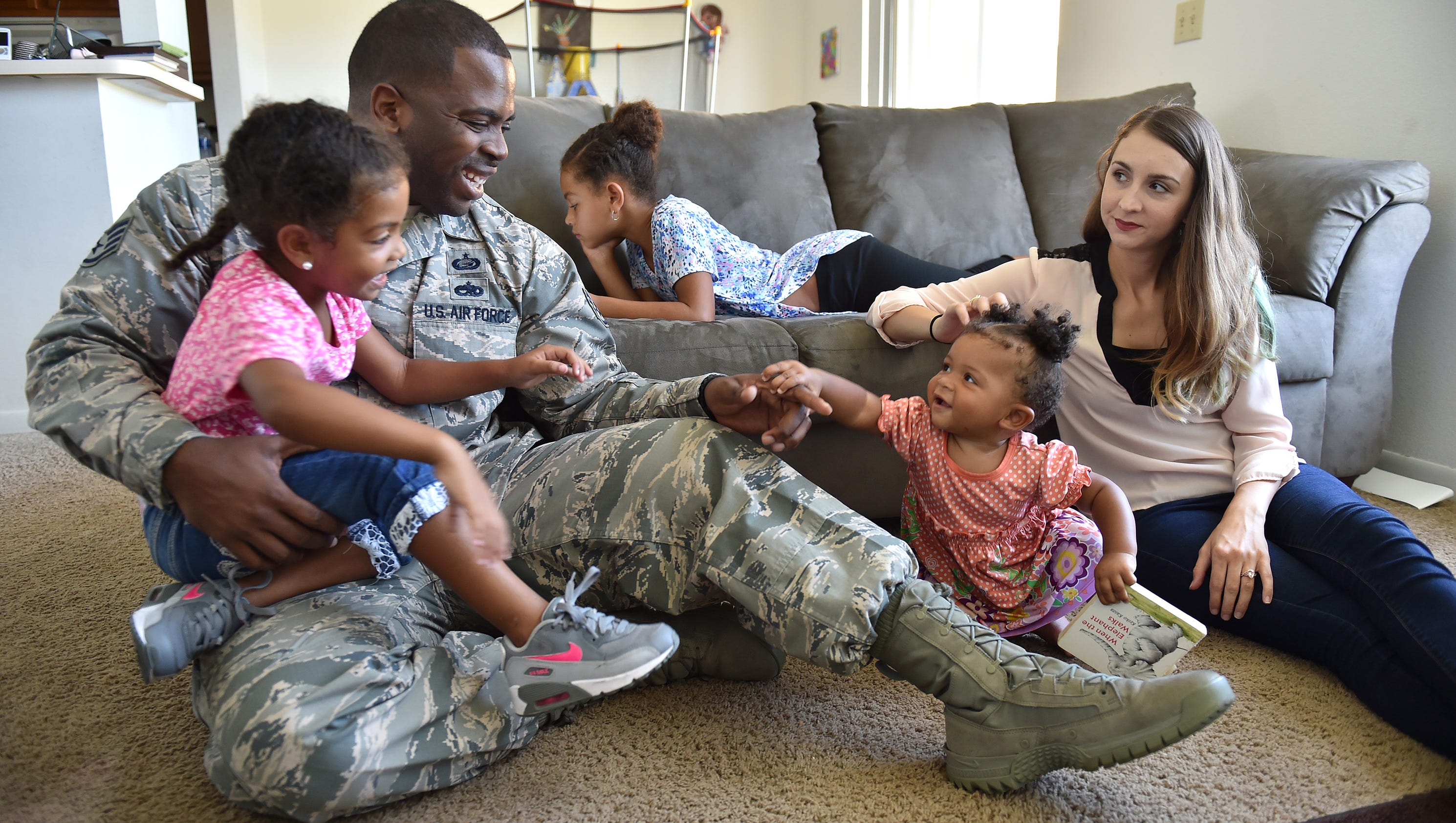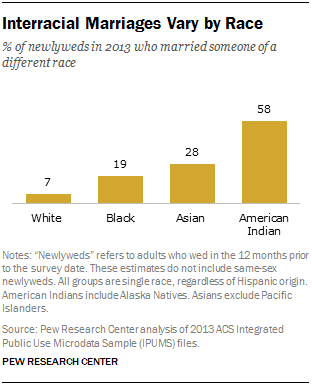
Speaking: Cities with highest rates of interracial dating
| Cities with highest rates of interracial dating | |
| Cities with highest rates of interracial dating | |
| Cities with highest rates of interracial dating | |
| Cities with highest rates of interracial dating | |
| Cities with highest rates of interracial dating |
Steep Rise In Interracial Marriages Among Newlyweds 50 Years After They Became Legal
The marriage of Mildred Loving, a part-Native American, part-black woman, and her white husband, Richard Loving, led to the 1967 U.S. Supreme Court ruling that legalized interracial marriage across the country. AP hide caption
The marriage of Mildred Loving, a part-Native American, part-black woman, and her white husband, Richard Loving, led to the 1967 U.S. Supreme Court ruling that legalized interracial marriage across the country.
APClose to 50 years after interracial marriages became legal across the U.S., the share of newlyweds married to a spouse of a different race or ethnicity has increased more than five times — from 3 percent in 1967, to 17 percent in 2015, according to a new report by the Pew Research Center.

The Pew report comes about a month before the 50th anniversary of the U.S. Supreme Court ruling in Loving v. Virginia. Mildred Loving, a part-Native American, part-black woman, and Richard Loving, a white man, landed in a Virginia county jail for getting married. Today, one in six newlyweds marry someone outside their race, which appears to allude to a more accepting society.
Among adults who are not black, there's a shrinking share of those who say they would be opposed to having a close relative marrying someone who is black — from 63 percent in 1990, to 14 percent in 2016. The share of people who oppose marriages with Asian or Hispanic people has also dropped from about one in five to around one in ten adults not in those groups. Among those who are not white, the share opposed to a relative marrying a white person has dropped from 7 percent to 4 percent.
Here are some of the other interesting findings from Pew about interracial and interethnic marriages:
Asian and Latino newlyweds are more likely to marry outside of their race or ethnicity than black and white newlyweds
More than a quarter of Asian newlyweds (29 percent) and Latino newlyweds (27 percent) are married to a spouse of a different race or ethnicity. Those rates go up even higher for those born in the U.S. — to 46 percent for Asian newlyweds and 39 percent for Hispanic newlyweds.
Despite lagging behind Asian and Hispanic newlyweds, black and white newlyweds experienced the most dramatic growth in the rate of interracial and interethnic marriages. The rate for black newlyweds has more than tripled since 1980 — from 5 percent to 18 percent. For white newlyweds, the rate has almost tripped from 4 percent to 11 percent over the same period.
Interracial and interethnic marriages are more common among college-educated black and Latino newlyweds, but not among white or Asian newlyweds
While educational level is not a major factor for white newlyweds, black and Latino newlyweds with at least a bachelor's degree are more likely to have a spouse of a different race or ethnicity than those with some college experience or less education. That educational gap is starkest among Latino newlyweds. As the authors of the Pew report, Gretchen Livingston and Anna Brown, write: "While almost half (46 percent) of Hispanic newlyweds with a bachelor's degree were intermarried in 2015, this share drops to (16 percent) for those with a high school diploma or less – a pattern driven partially, but not entirely, by the higher share of immigrants among the less educated."
But among Asian newlyweds, those with some college experience (39 percent) are more likely to marry someone of a different race or ethnicity than those with a bachelor's degree or higher (29 percent) or with a high school diploma or less (26 percent). "Asian newlyweds with some college are somewhat less likely to be immigrants, and this may contribute to the higher rates of intermarriage for this group," the Pew report suggests. But it also notes that this trend also holds true for Asian newlyweds who were not born in the U.S.
Democrats are far more likely than Republicans to say that the increase of interracial marriages is good for society
There is a stark political split in how people feel about interracial marriage. About half (49 percent) of Democrats and Democratic-leaning independents say that growing numbers of people marrying others of different races is good for society, compared to more than a quarter (28 percent) of Republicans and Republican-leaning independents. Most Republicans (60 percent) say the rise of interracial marriages doesn't make much of a difference.
Update May 18, 2017
The headline for this article has been updated to clarify that the rise in interracial marriages alluded to the rate, not the number of marriages, and only among newlyweds.


0 thoughts to “Cities with highest rates of interracial dating”